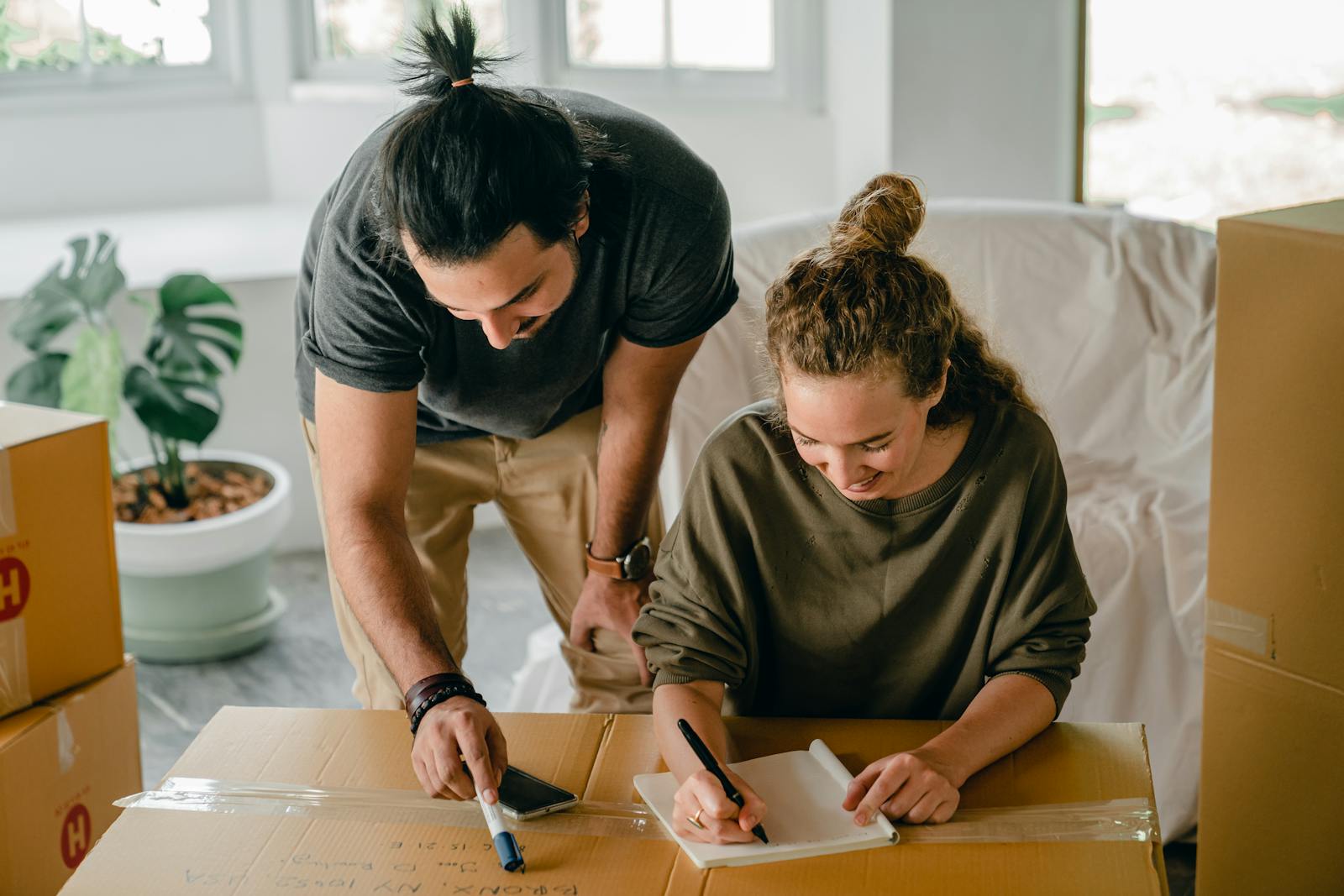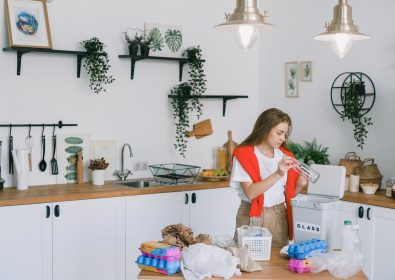The Ultimate Checklist for Moving Into a New Home Safely
By Jake WalkerLifestyle
The Ultimate Checklist for Moving Into a New Home Safely
Moving into a new home is supposed to be a time of excitement and fresh beginnings. But let’s face it—amid the chaos of unpacking and settling in, the one thing most people overlook is safety. Let’s take a look at what you need to do to make the move smooth, easy and secure.
You’re moving into your dream home, but let’s be honest—there could be some things that probably slipped through the cracks in the excitement. Maybe the locks haven’t been changed, or the fire alarms could probably still be from the last owners, and the outdoor lighting? Barely a flicker.
It’s easy to overlook these details, but they can quickly turn into a source of stress. After all, who could still have a spare key, and what risks are lurking that you haven’t thought about yet?
But don’t worry, it’s not too late to get things on track. A few simple steps can transform your house into a home—a safe, secure, and welcoming space for your family. This checklist is packed with practical, easy-to-miss safety essentials that’ll help you get your home ready to protect what matters most, so you can truly start your new chapter with peace of mind.
-
Change All Locks and Secure Entry Points
Changing locks is the first step to ensuring your home is truly yours.
- Replace all external door locks, including those on side doors, garages, and storage areas.
- Check and secure window locks, and add rods or security bars to sliding doors.
- Consider upgrading to smart locks that let you monitor and control access remotely.
For more tips on securing entry points, check out this guide from Barry Bros.
-
Test Smoke and Carbon Monoxide Detectors
Safety devices save lives, so ensuring they work should be a top priority.
- Test all smoke alarms and carbon monoxide detectors and replace any that are faulty or outdated.
- Install new alarms in key locations, such as bedrooms, hallways, and the kitchen.
- Add fire extinguishers in accessible spots, especially near the kitchen and exits.
-
Inspect Electrical Systems
A thorough inspection of your home’s electrical setup can prevent hazards.
- Check outlets and switches for signs of wear, damage, or loose connections.
- Ensure the circuit breaker panel is clearly labelled and functioning correctly.
- For older homes, hire a licensed electrician to inspect and update the wiring.
-
Improve Lighting for Safety
Proper lighting deters intruders and makes your home safer for everyone.
- Install motion-sensor lights near entryways, pathways, and driveways.
- Replace old fixtures with energy-efficient LED lights for brighter and longer-lasting illumination.
- Ensure outdoor areas, especially near entrances, are well-lit.
-
Secure Outdoor Areas
The exterior of your home is just as important as the interior when it comes to safety.
- Trim bushes and trees near windows to eliminate hiding spots for potential intruders.
- Lock sheds, gates, and garages securely and check for any damage to fencing.
- If you have a pool, ensure it’s surrounded by secure fencing with a self-latching gate.
-
Install or Update Your Security System
Investing in a reliable security system offers round-the-clock protection.
- Activate or update any existing systems, and change default passwords immediately.
- Consider an intelligent security system with cameras, motion sensors, and app-based controls.
- Use visible security system signs or dummy cameras as deterrents if you’re on a budget.
-
Protect Your Valuables
Keep your belongings safe with these practical measures:
- Use a safe to store important documents, jewellery, and electronics.
- Create an inventory of valuables with photos and serial numbers for insurance purposes.
- Update your home insurance policy to reflect your new address and possessions.
-
Prepare for Emergencies
Being prepared for the unexpected is crucial for your family’s safety.
- Locate water shut-off valves, gas lines, and electrical panels so you know how to turn them off in an emergency.
- Create an emergency kit with essentials like flashlights, batteries, first aid supplies, and non-perishable food.
- Develop and practice an evacuation plan with your household members.
-
Update Your Address
Notify key people and services about your move to avoid disruptions.
- Set up mail forwarding with the post office to ensure you receive all correspondence.
- Update your address with banks, insurance companies, utility providers, and any subscription services.
- Inform friends and family of your new address.
For more official guidance, visit GOV.UK: Find Your Local Council and update your address with the relevant services.
-
Get to Know Your Neighbours
A strong sense of community enhances home security.
- Introduce yourself to your neighbours and exchange contact information.
- Join or start a neighbourhood watch group to stay informed about local safety issues.
- Attend local events or meetings to build connections in your new area.
Conclusion
With this checklist, you’ve laid the groundwork for a safe and secure home—but this is just the beginning. There’s so much more you can do to enhance your peace of mind and truly make your space your own. Ready to take your home’s safety to the next level? Let’s keep building the haven you deserve.
Author: Jake Walker
Jake Walker is a 27-year-old blogger from Manchester, UK, and the creator of Life Social. He writes about navigating your 20s, offering personal stories, practical advice, and plenty of humour. From career tips and fitness to work-life balance and enjoying life on a budget, Jake keeps it real and relatable for anyone trying to make the most of their twenties.






